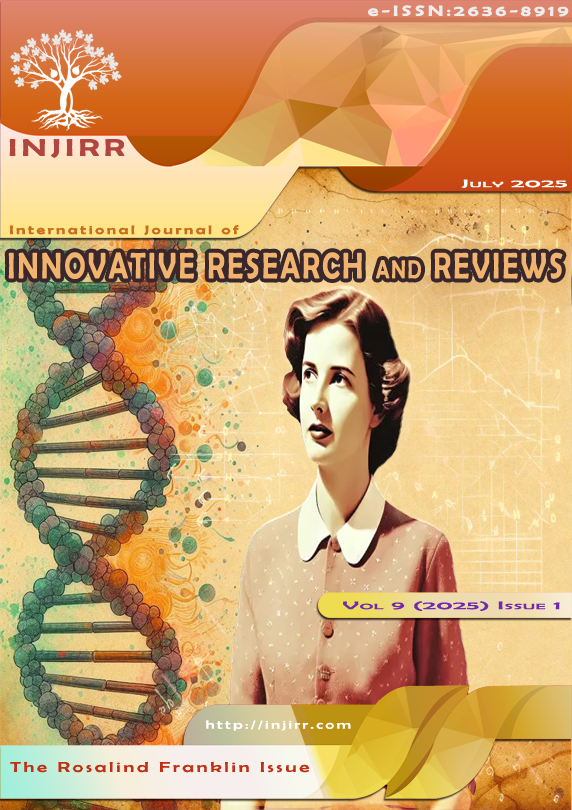BACE-1 Enzyme: A Promising Target for Alzheimer’s Disease
Keywords:
Alzheimer’s disease, BACE-1 , BACE-1 inhibitor, Natural products, Nonpeptidomimetics, PeptidomimeticsAbstract
Alzheimer’s Disease (AD) is a progressive dementia-type neurological brain disease that causes the destruction of cells in the brain. According to WHO 2022 data, there are more than 55 million AD patients in the world. This number is expected to increase to 139 million in 2050. Since the BACE-1 enzyme, a member of the type I transmembrane aspartic proteinase enzyme family, causes proteolytic cleavage of APP and leads to the production of Aβ peptides in the brain parenchyma, compounds that can inhibit this enzyme are thought to be useful in the treatment of AD. Compounds with an inhibitory effect on the BACE-1 enzyme are generally categorized in two groups: peptidomimetic and nonpeptidomimetic. Peptidomimetic BACE-1 enzyme inhibitors include statin- and norstatin-based compounds, as well as derivatives bearing hydroxyethylene, hydroxyethylamine and carbinamine structures. Nonpeptidomimetic BACE-1 inhibitors carry acyl guanidine, 2-aminopyridine, aminoimidazole, amino/iminohydantoin, aminothiazoline, aminooxazoline, aminoquinoline, piperazine fragments. Apart from these synthetic compound groups, some natural products that inhibit BACE-1 enzyme have also been discovered. LY2811376, LY2886721, RG7129, BI 1181181, JNJ-54861911, LY3314814, MK-8931, E2609, CNP-520, LY3202626, PF-06751979, CTS21166, and HPP854 are BACE-1 inhibitors entering clinical trials. Despite intensive efforts and a significant number of compounds entering clinical trials, none of the BACE-1 inhibitors have been approved and made available for treatment.
Downloads
Published
Issue
Section
License
Copyright (c) 2025 Kaan Küçükoğlu, Ayşegül Özdemir

This work is licensed under a Creative Commons Attribution-NonCommercial-NoDerivatives 4.0 International License.
The authors keep the copyrights of the published materials with them, but the authors are aggee to give an exclusive license to the publisher that transfers all publishing and commercial exploitation rights to the publisher. The puslisher then shares the content published in this journal under CC BY-NC-ND license.


